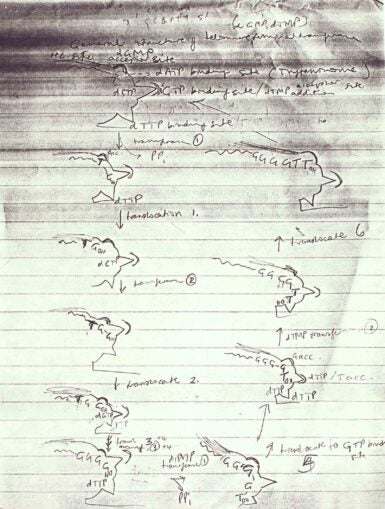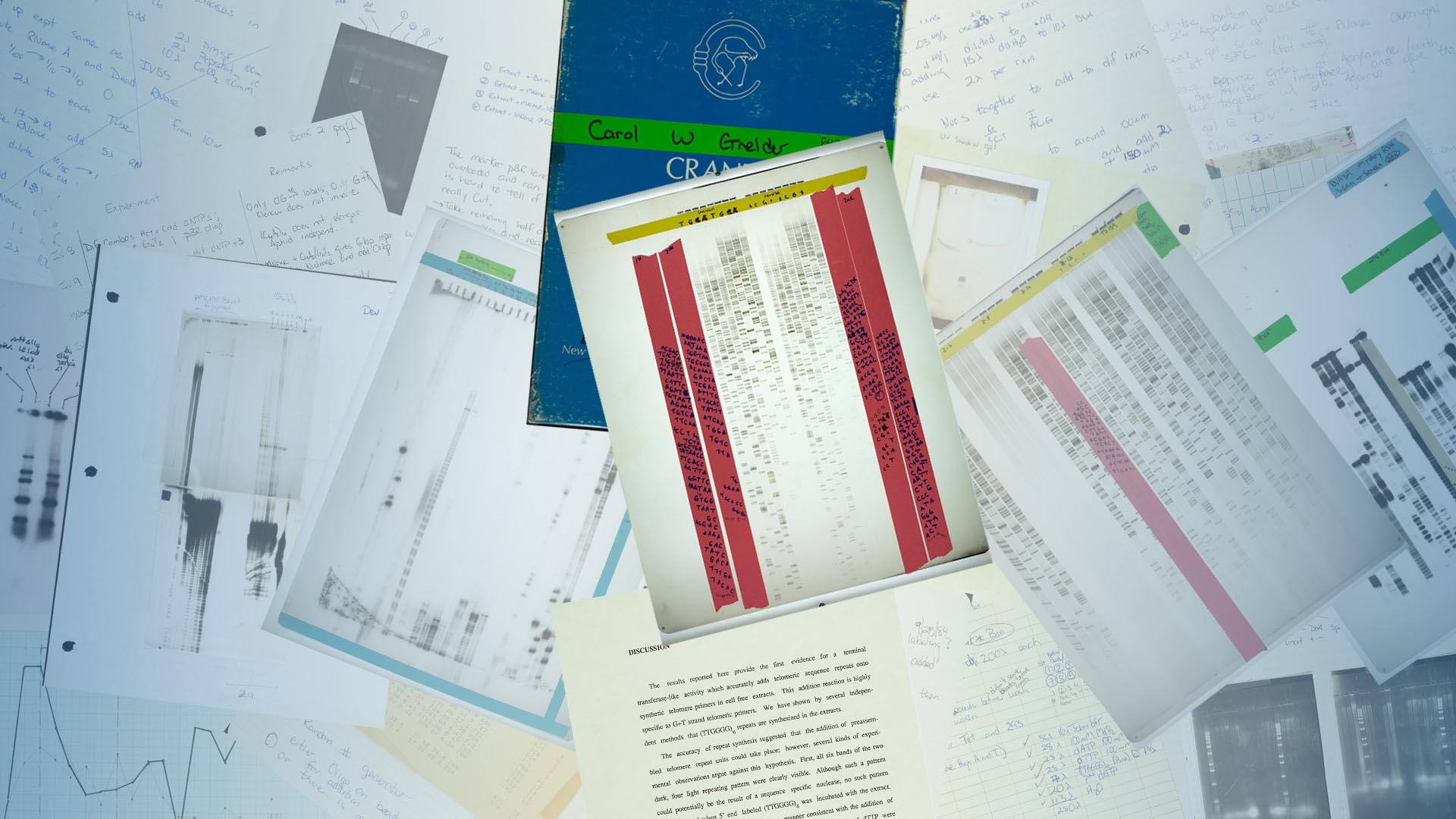It takes a lot of work to win a Nobel Prize in Physiology or Medicine. For over 130 years, Cold Spring Harbor Laboratory (CSHL) has stood at the forefront of genetics research. And throughout this rich history, the Laboratory’s Meetings & Courses Program has hosted countless Nobel laureates. CSHL is also home to eight of its own.

The latest, Carol Greider, joined this illustrious group in 2009 “for the discovery of how chromosomes are protected by telomeres and the enzyme telomerase.” Telomeres cap chromosomes like the ends of shoelaces, and telomerase helps to keep these caps in place. Greider discovered the enzyme in 1984 as a grad student at the University of California, Berkeley. She continued her Nobel Prize-winning research as the second-ever CSHL Fellow in 1988. Four years later, at CSHL, she linked shortened telomeres to cellular senescence—when cells stop dividing but don’t die.
Today, CSHL Fellow Corina Amor Vegas explores how senescent cells impact the development of severe conditions like cancer, fibrosis, and dementia. Her pioneering research may lead to new therapeutic approaches for a variety of age-related diseases. It’s research that builds on Greider’s decade of work at CSHL.
Greider left CSHL in 1997. However, she remains a fixture of Laboratory life. In 1999, she helped organize the first of CSHL’s biannual meetings on Telomeres & Telomerase. In 2017, Greider donated a treasure trove of lab notebooks, X-ray film, and other documents to CSHL’s Library & Archives. The Dr. Carol Greider Collection spans over 20 years of groundbreaking science. It offers a firsthand account of the huge amount of work that goes into Nobel Prize-winning research. And it tells the story of what one woman can accomplish when she pursues her curiosity with the utmost focus and determination.
Written by: Nick Wurm, Communications Specialist | wurm@cshl.edu | 516-367-5940
